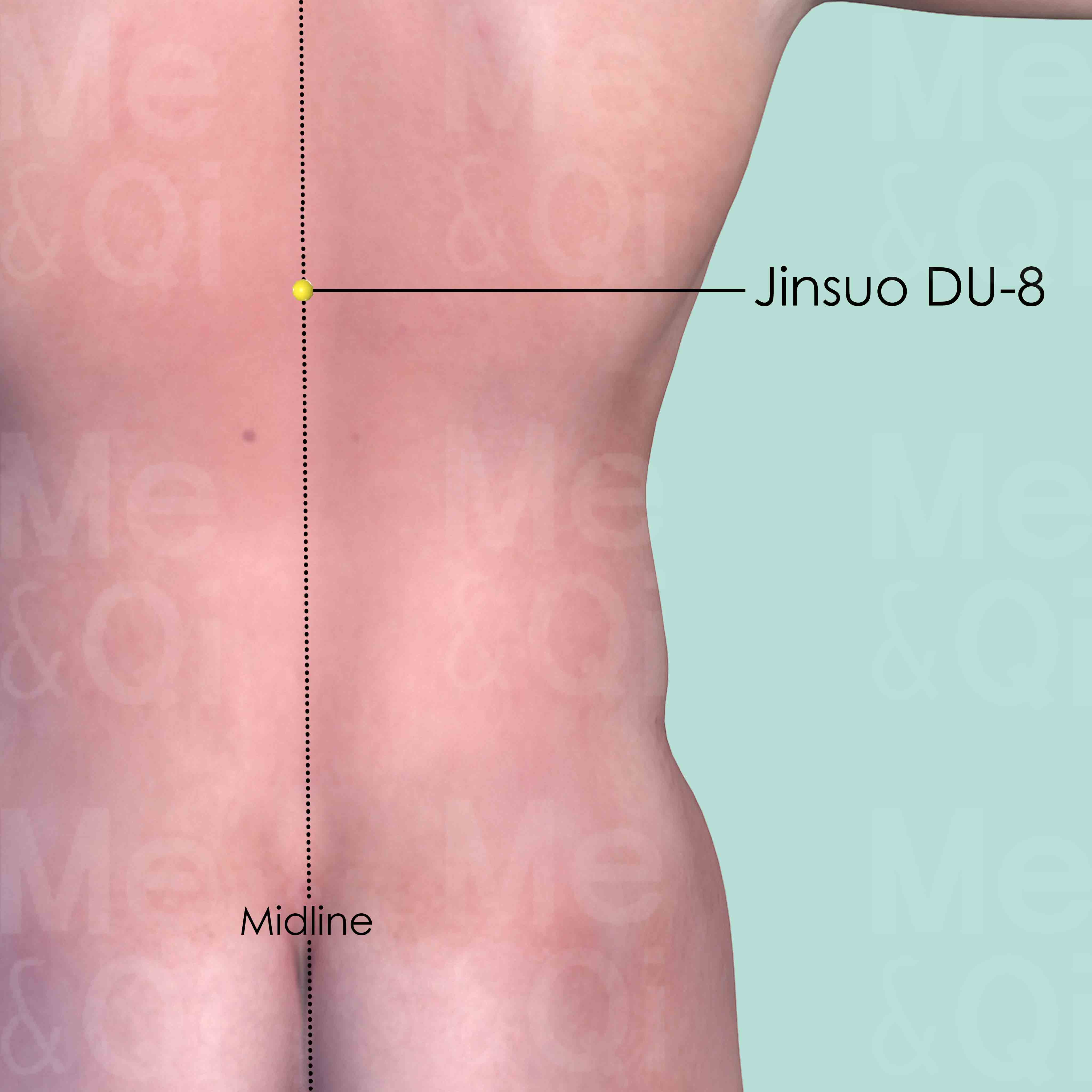Spine Contractionaccording to TCM
Symptom family: Back and Neck Pain
Did you mean? Lumbar Contraction
What is Spine Contraction?
Spine contraction refers to a condition characterized by the involuntary tightening or shortening of muscles around the spine. This can lead to discomfort, reduced mobility, and sometimes pain.
The condition might result from various factors, including muscular imbalances, nerve issues, or spinal misalignments. It's a symptom that can significantly affect posture and flexibility, often leading to further complications if left untreated.
How Does TCM View Spine Contraction?
Traditional Chinese Medicine (TCM) views spine contraction differently than Western medicine. TCM interprets this condition as a result of imbalances in the body's Qi (vital energy) and Blood flow, often linked to the Liver's function of ensuring the smooth flow of Qi throughout the body.
Factors like emotional stress or physical trauma can lead to Liver Qi Stagnation, which in turn can cause muscle contractions and spasms. In TCM, addressing spine contraction involves not only relieving the symptoms but also restoring the balance of Qi and Blood.
Acupoints for Spine Contraction
In TCM, acupuncture is a key modality for addressing spine contraction. One significant acupoint for this condition is "Jinsuo DU-8" on the Governing Vessel. Located on the back midline, below the spinous process of the 9th thoracic vertebra, Jinsuo DU-8 is known for its ability to pacify Liver Wind, which is often associated with spasms and contractions.
Stimulating this point is believed to relieve spasms, calm the mind, and promote the smooth flow of Qi, which can be beneficial in alleviating the symptoms associated with spine contraction. This approach highlights the holistic nature of TCM, targeting both the physical and energetic aspects of health.
See more details below about Jinsuo DU-8, an acupoint used to address spine contraction.
- By Meridian
- Governing Vessel

Jinsuo DU-8
On the back midline, in the depression below the spinous process of the 9th thoracic vertebra (T9).
